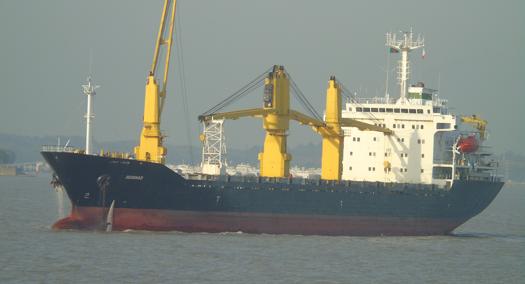The spy unit was deployed to the region by Tehran starting in the summer of 2021, when it “took over” the Saviz, a cargo ship converted into a mobile post by the Pasdaran and likely damaged by Israeli sabotage.
Equipped with intelligence equipment, the 174-meter-long Behshad, which could accommodate commandos and speedboats, reached a key area off the coast of Yemen and gradually expanded its activities in support of Shiite militias involved in the conflict against the Saudis and Emiratis .
After the October 7 crisis in Gaza, he began collecting data used by the Houthis in their maritime incursions. The ship then moved further south, in front of the port of Djibouti, an area that hosts bases of numerous countries, from France to the USA, from China to Italy. And some experts questioned why the Americans had not targeted a ship believed to be involved in militant missions along the route, with serious consequences for commercial traffic. But a direct attack would have escalated the conflict with the ayatollahs, and Washington opted – again according to NBC – for a cyber maneuver to disrupt the Behshad's mission. A less “visible” reaction, which can even be denied, but useful in sending a warning to the Islamic Republic.
In recent days, a senior Iranian officer had defined the merchant ship as a “floating barracks” from an anti-piracy perspective, a public and unusual acknowledgment of its function accompanied by a warning directed at the United States: We will respond if you try to meet it. However, observers do not rule out the possibility that at least one more “ghost” cargo ship is operating in the area, responsible for reporting possible targets to the Yemeni faction. The TV revelations coincided with another move.
On January 28, a U.S. Coast Guard unit intercepted a small cargo ship carrying Iranian-made war materials for the Houthis. Embarkation off the coast of Somalia. According to a statement from Central Command, the containers contained parts for medium-range missiles, explosives, components for anti-tank systems and other parts intended for underwater and surface drones. This latest data is interesting because it confirms a US Navy alert about the threat of vehicles being delivered to Tehran-backed militants. So far, the presence of radio-controlled explosive boats is known, but the underwater aspect would be new. The seizure follows similar initiatives by allies in the Red Sea to combat arms trafficking.

